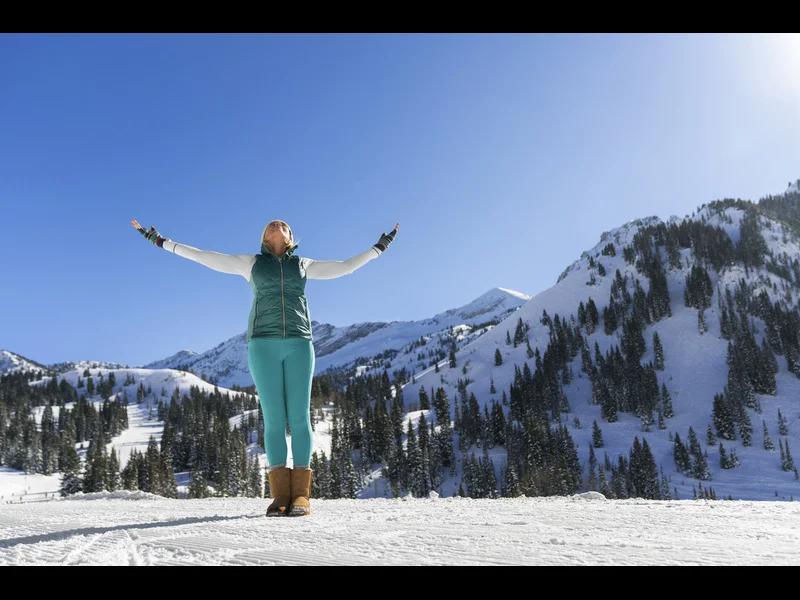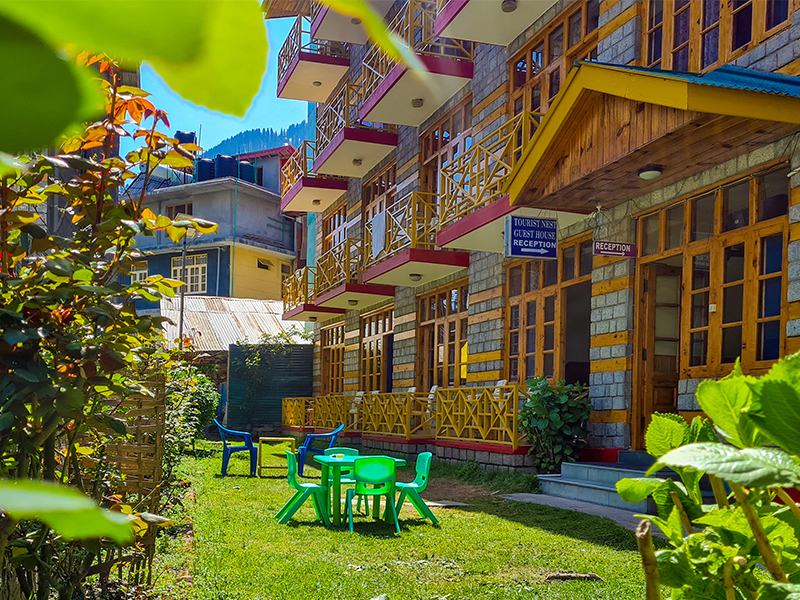

Ancient Trade Route: Rohtang Pass has been historically significant as a trade route between the Indian subcontinent and Central Asia. Traders, merchants, and travelers used this route for centuries to transport goods, spices, and cultural influences between regions.
Military Importance: Due to its strategic location, Rohtang Pass has played a crucial role in various military campaigns throughout history. It has been used by armies for centuries to access and control territories in the region.
Cultural Significance: Rohtang Pass holds cultural importance for the indigenous communities living in the region, such as the indi ...



.jpg)



.webp)





.webp)


Packages Of Manali
Enjoy mountains, adventure and cosy stays in the heart of Himachal.

Places To Visit In Manali
Top places to visit in Manali, perfectly explored.
.webp)
Blogs Of Manali
Where Himalayan adventure meets tranquil valleys
.webp)
Images Of Manali
Explore the magic of Manali through breathtaking images
Packages Of Manali
Places To Visit In Manali
Blogs Of Manali
Images Of Manali
The 50km journey from Manali to Rohtang pass is one of the most breathtaking spectacles of nature. Spellbinding escapades and strategic location of the Rohtang Pass make it one of the most popular places to visit in Manali.
Best Time to Visit Rohtang Pass ❄️🏔️🚗 The best time to visit Rohtang Pass depends on what you want to experience—snow adventures, scenic road trips, or pleasant weather. Here’s a season-wise breakdown: 🌸 Summer & Early Monsoon (May – June) → Best for Sightseeing & Adventure Temperature: 10°C – 20°C Why Visit? Roads are open, and you can enjoy snow activities, scenic views, and adventure sports. Best For: Skiing, snowboarding, paragliding, and photography. Keep in Mind: Can get crowded, so start early in the morning. 🌧️ Monsoon (July – September) → Avoid Due to Landslides Temperature: 10°C – 15°C Why Avoid? Heavy rainfall can lead to landslides and roadblocks. Best For: If the weather permits, enjoy lush green landscapes and waterfalls. ❄️ Winter (October – April) → Closed Due to Heavy Snowfall Temperature: -10°C to 5°C Why Visit? Rohtang is officially closed, but you can visit nearby snow points like Gulaba or Solang Valley for snow activities. Best Alternative: Atal Tunnel to Sissu offers stunning winter landscapes beyond Rohtang. Final Recommendation May – June: 🌞 Best for snow activities & adventure. July – September: 🌿 Risky due to landslides, but lush greenery. October – April: ❄️ Closed, but nearby snow points are accessible.
Ancient Trade Route: Rohtang Pass has been historically significant as a trade route between the Indian subcontinent and Central Asia. Traders, merchants, and travelers used this route for centuries to transport goods, spices, and cultural influences between regions.
Military Importance: Due to its strategic location, Rohtang Pass has played a crucial role in various military campaigns throughout history. It has been used by armies for centuries to access and control territories in the region.
Cultural Significance: Rohtang Pass holds cultural importance for the indigenous communities living in the region, such as the indigenous people of Lahaul and Spiti Valley. These communities have a rich cultural heritage, and the pass often features in their folklore, traditions, and rituals.
Colonial Era: During the British colonial period, Rohtang Pass gained attention as a potential route for connecting the Indian plains with the remote regions of Lahaul and Spiti Valley. However, due to its challenging terrain and harsh weather conditions, the construction of a road through the pass was a formidable task.
Modern Development: In the 20th century, efforts were made to improve connectivity through Rohtang Pass. The construction of roads and infrastructure projects aimed to enhance transportation and accessibility to the region, facilitating trade, tourism, and military movements.
Rohtang Tunnel: One of the most significant developments in recent history is the construction of the Rohtang Tunnel. This engineering marvel, inaugurated in 2020, provides an all-weather road link between Manali and Lahaul-Spiti Valley, bypassing the need to traverse the pass itself. The tunnel has greatly improved connectivity and reduced travel time, especially during the winter months when the pass remains closed due to heavy snowfall.
Rohtang Pass is one of the most spectacular natural delights in India. It serves as a gateway to the picturesque Spiti valley home to the famous Pin Valley National Park and numerous Buddhist Monasteries. The pass is inaccessible during winters, but visitors are allowed during summers once they have obtained the necessary permits. Once you enter the pass, you will immediately notice a transformation in the landscape, and you will come back spellbound and mesmerised by the raw and untouched beauty of the region.

There are many myths and legend associated with how Rohtang Pass got its name. Some say the pass is named after the mighty mountain ranges that serve as a link between Kullu and Lahaul valleys. And since it’s the only point of connection between the valleys, some say the gods themselves made the pass. The folks in Kullu believe that Lord Shiva created the pass and in Lahaul, the people believe Gyapo Gyasar, the king of Western Tibet who made the pass.
Although, the most common and believable origin story lies in the name itself. Rohtang in Ladhaki language means Bhoti which translates to a “Pile of Corpse”. The pass got its name because of the numerous people who died trying to cross the pass.
The Himalayan Mountains are a majestic mountain range in South Asia, spanning five countries. They boast the world's highest peaks, including Mount Everest. These young, growing mountains feature rugged, snow-capped peaks, deep valleys, and glaciers. The Himalayas influence regional climate, harbor unique biodiversity, and hold cultural and spiritual significance. They attract adventurers, nature lovers, and spiritual seekers from around the world.